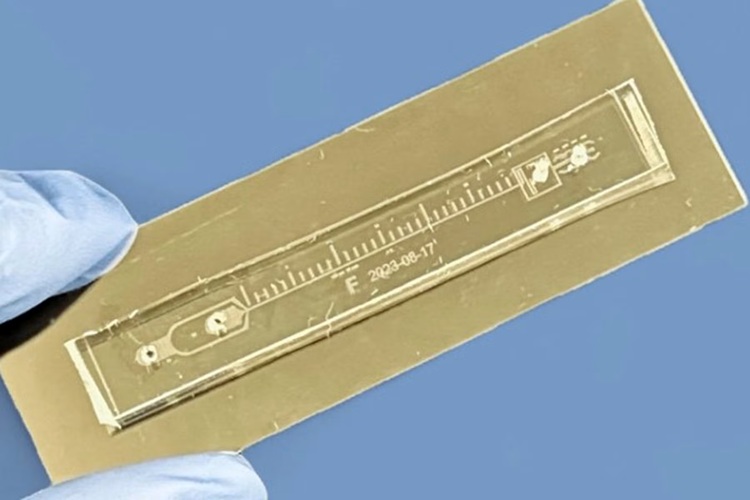New Diagnostic Marker for Ovarian Cancer to Enable Early Disease Detection
Posted on 07 Nov 2025
Ovarian cancer remains the deadliest gynecological malignancy worldwide, responsible for more than 200,000 deaths annually. Unlike other cancers, ovarian cancer still lacks a reliable screening test. The widely used marker CA-125 can also rise in benign conditions, and early symptoms such as bloating or urinary issues are often mistaken for less serious disorders. As a result, many women are diagnosed only when the disease has progressed to advanced stages, with about 70% of cases detected only after the disease has spread beyond the ovaries. Researchers have now identified a cell surface receptor known as F2R that could serve as both a diagnostic biomarker and therapeutic target.
The discovery was made by scientists from the University of South Australia (Adelaide, SA, Australia) and the University of Adelaide (Adelaide, SA, Australia) after analyzing large genomic datasets and validating their findings through advanced imaging and tissue analysis of patient tumor samples. Ther findings, published in the International Journal of Molecular Sciences, confirmed that F2R expression is significantly elevated in ovarian cancer tissues, particularly in women with metastatic or chemotherapy-resistant disease.

Statistical analysis also revealed that patients with higher F2R levels had shorter survival times, identifying the receptor as a promising prognostic indicator. Functional studies showed that silencing F2R in ovarian cancer cells reduced their ability to move, invade, and form spheroids — three biological processes central to cancer metastasis. Moreover, blocking F2R activity enhanced the sensitivity of tumor cells to carboplatin, a frontline chemotherapy drug, suggesting potential for combination therapy approaches.
“Ovarian cancer has long been a silent killer because we lack the tools for early and accurate detection,” said lead researcher Dr. Hugo Albrecht. “Our discovery of F2R’s role opens new avenues for diagnostic tests and personalized treatments that could make a real difference to survival rates.”
While the findings are based on preclinical models, the researchers emphasize that further large-scale clinical validation will be essential before F2R can be adopted as a diagnostic or therapeutic tool. If confirmed, this discovery could mark a turning point in ovarian cancer management, offering new pathways for early detection, improved prognosis, and more targeted treatments.
“By testing F2R, we could not only improve how we identify patients at risk of early recurrence or chemotherapy resistance but also design therapies that work more effectively alongside standard chemotherapy,” added co-author Dr. Carmela Ricciardelli
Related Links:
University of South Australia
University of Adelaide















